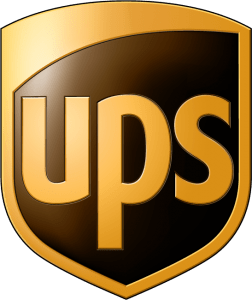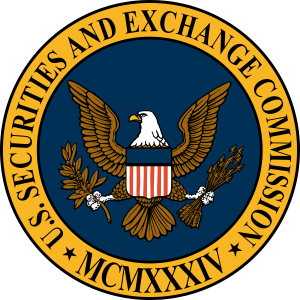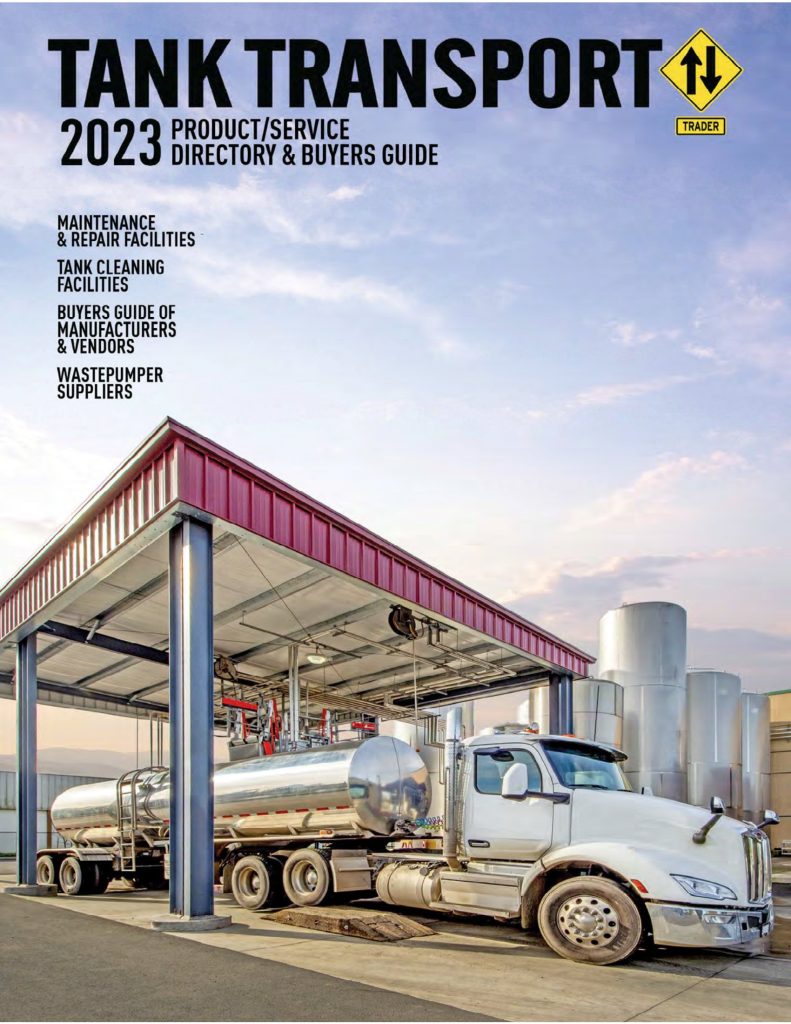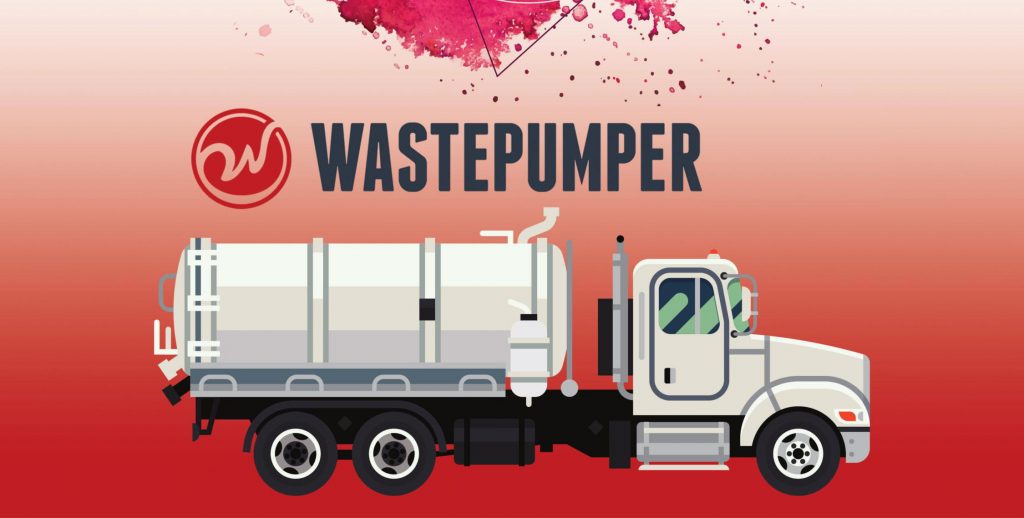- Discover how the UPS SEC Settlement spotlights deeper issues in goodwill valuation and timely disclosures.
- Uncover the pivotal $45 million penalty and why the LTL division sale set a new benchmark for regulatory oversight.

UPS delayed acknowledging a $500 million goodwill impairment, spotlighting the risks of late disclosures.
The UPS SEC Settlement has become a defining moment in logistics and financial reporting, shining a spotlight on alleged overvaluation and delayed goodwill impairment. At the heart of this matter is UPS Freight—previously the parcel carrier’s less-than-truckload (LTL) unit—sold to TFI International for $800 million. The Securities and Exchange Commission charged UPS with repeatedly overlooking its own internal analysis, ultimately leading to a $45 million penalty. Below, we explore the key events, examine industry comparisons, and offer practical takeaways on how to maintain compliance with financial reporting guidelines without burdening readers with unnecessary complexity.
For additional company updates and insights on the parcel giant, visit our dedicated UPS coverage.
Understanding the UPS SEC Settlement
The UPS SEC Settlement centers on claims that United Parcel Service overvalued its LTL division before finalizing the sale to TFI International. Investigators found that while UPS possessed internal estimates pegging the unit’s value at around $650 million, it sought and relied on third-party valuations that placed the figure closer to $2 billion. As a result, UPS allegedly delayed acknowledging a $500 million goodwill impairment, which should have been recognized earlier under GAAP compliance issues.
“The final $45 million penalty, while neither admitted nor denied by UPS, underscores the agency’s stance on the seriousness of such oversights in financial reporting guidelines.”

Observers note the $45 million penalty underscores the SEC’s seriousness in enforcing accurate reporting.
Enjoying our insights?
Subscribe to our newsletter to keep up with the latest industry trends and developments.
Stay InformedThis discrepancy between internal and external valuations formed the basis of the SEC’s contention that UPS materially overstated the unit’s earnings and misled investors. Observers also note that TFI International, which ultimately purchased UPS Freight, has not pursued further legal action or indicated plans to seek redress, though questions remain about the role overvaluation might have played in the final acquisition price.
If you’re looking to explore enforcement actions and corporate oversight, check out our latest SEC-related news.
Timeline Snapshot: Key Milestones
- Early Internal Analysis (2019): UPS identifies a potential goodwill impairment of nearly $500 million for its LTL division.
- External Valuation (2019–2020): Despite internal signals of reduced value, UPS relies on a consultant’s assessment that suggests a $2 billion valuation.
- Pending Sale Discussions (2020): UPS negotiates with TFI International and expects to sell UPS Freight for around $800 million.
- Late Recognition (Q4 2020): UPS belatedly discloses a significant goodwill write-down, aligning more closely with internal estimates.
- Final Sale (2021): The LTL division’s sale closes at $800 million, well below earlier external valuations.
- Settlement Announcement (2024): The SEC reaches a settlement with UPS, imposing a $45 million penalty and requiring adherence to enhanced reporting controls.

Despite internal estimates at $650 million, UPS relied on third-party valuations topping $2 billion.
This timeline lays out how the alleged accounting misstatements ultimately led to the UPS SEC Settlement, shining a spotlight on the importance of consistent, transparent disclosures from start to finish.
To gain a broader perspective on market changes, learn more about ongoing trends in the freight industry.
How Did UPS Overvalue Its Freight Division?
UPS Freight, the company’s LTL division, faced mounting operational challenges long before its sale to TFI International. Internal reports indicated that its performance and growth trajectory were not aligned with the parcel carrier’s core strategies. However, the external valuation process reportedly used assumptions a genuine buyer was unlikely to adopt, boosting the unit’s estimated worth to around $2 billion.
According to the Securities and Exchange Commission, this method obscured the need for timely goodwill impairment. Regulators contended that the company’s public filings did not accurately reflect the Freight unit’s declining outlook, complicating the assessment of earnings misrepresentation and breaching financial reporting guidelines.
For deeper insights into less-than-truckload operations, discover more on the LTL sector here.
Industry Comparisons: Goodwill Impairment in Logistics

Regulators contend UPS misled investors by overlooking its own lower Freight division assessments.
The UPS SEC Settlement invites comparisons with how other logistics and parcel carriers handle goodwill valuations:
- FedEx has historically been proactive in signaling any underperformance within its divisions, recording impairments when e-commerce shifts or macroeconomic factors create sustained downturns.
- XPO Logistics previously adjusted the carrying values of certain business segments following acquisitions, emphasizing detailed internal assessments to drive timely disclosures.
Across the industry, timely and realistic impairment tests are crucial. Overlooking early warning signs—whether due to optimism or inadequate internal checks—can lead to accounting misstatements, regulatory oversight, and reputational harm. The UPS case highlights that even top-tier carriers are not immune to GAAP compliance issues and calls for stronger oversight of intangible assets.
To understand strategic business moves in logistics, read about recent divestitures across the industry.
Why Did the SEC Impose a $45 Million Penalty?
The Securities and Exchange Commission scrutinized not just the numerical discrepancy in UPS Freight’s valuation, but also the sequence of events that delayed an accurate goodwill impairment. Factors influencing the penalty include:
- Ignoring Internal Analyses: UPS failed to give proper weight to its own calculations indicating a significantly lower LTL division valuation.
- Delaying Goodwill Write-Down: The company postponed disclosing a nearly $500 million impairment, which regulators deemed a breach of financial reporting guidelines.
- Material Misstatements: According to the SEC, these actions could have misled investors about UPS’s earnings and strategic health.

Industry leaders, including FedEx and XPO Logistics, typically address goodwill impairments more proactively.
Though the $45 million penalty is relatively small compared to UPS’s overall market capitalization, it underscores the SEC’s priority in enforcing transparent, GAAP-compliant reporting.
If you want to see how corporate takeovers shape transportation networks, examine our coverage of major acquisitions.
Practical Takeaways for Logistics Firms
Several valuable lessons emerge from the UPS SEC Settlement, benefiting carriers and stakeholders across the logistics sector:
- Robust Internal Valuations: Regularly compare internal findings with any third-party assessments. Discrepancies should trigger immediate reviews to avoid accounting misstatements.
- Clear Disclosure Protocols: Establish guidelines ensuring that potential impairments are reported swiftly, even if negotiations for a sale are ongoing.
- Balanced Governance: Empower compliance officers and independent auditors to question valuations that deviate significantly from internal metrics.
By integrating these practices, logistics firms can avoid pitfalls similar to the UPS Freight overvaluation and maintain investor trust in volatile market conditions.
For a closer look at significant legal resolutions in trucking, see more high-profile settlements affecting the industry.
Industry Reactions and Implications for Corporate Practices

This settlement highlights the importance of transparent GAAP compliance for protecting investor trust.
The UPS settlement has emerged as a cautionary tale in the broader logistics and financial community, emphasizing the risks associated with delayed goodwill impairment. Many industry analysts point out that the SEC’s action reflects a low tolerance for overlooking clear signs of diminished asset value. Some experts frame UPS’s reliance on overly optimistic valuations, while disregarding internal warnings, as an example of how earnings misstatements can unfold when management priorities clash with accounting realities. Meanwhile, certain observers suggest the settlement establishes a precedent, prompting tighter scrutiny of intangible assets across the logistics sector.
Financial governance specialists note that the $45 million penalty—though relatively small compared to UPS’s market capitalization—carries significant symbolic weight. It signals that even non-cash accounting oversights, such as late goodwill write-downs, can lead to notable regulatory actions. Investors and compliance professionals alike see this case as reinforcing the need for robust internal checks and open communication of potential losses, both critical for safeguarding market confidence and compliance.
For a broader perspective on the ever-evolving regulatory environment in transportation, explore our coverage of regulations here.
Impact on Future Acquisitions and Valuation Scrutiny
The settlement’s outcome carries broad implications for M&A activities within transportation and logistics. Dealmakers may adopt more conservative strategies around purchase price allocations and goodwill, especially if an acquisition target appears to have limited growth or uncertain synergy opportunities. Auditors and boards are expected to demand thorough justifications for post-acquisition valuations, ensuring that any goodwill recorded is tested more frequently for possible impairment.
Some industry insiders believe that UPS’s experience could encourage corporate leaders to conduct interim impairment reviews soon after sizeable transactions, rather than waiting for the annual test. The central aim is to recognize—and disclose—any potential asset value declines swiftly, thus avoiding prolonged periods of inflated valuations. By illustrating the regulatory risks linked to delayed write-downs, the UPS SEC Settlement may deter companies from hesitating on impairments, highlighting the need for more frequent financial evaluations following acquisitions.
To look into proven methods for maintaining operational standards, check out our compliance best practices.
Regulatory Trends in Goodwill and Disclosures

Timely, realistic impairment tests remain essential across the logistics and parcel carrier sectors.
UPS’s settlement reflects a growing trend of SEC enforcement around goodwill. Regulators have become more proactive in calling out firms that stall on recording impairment, stressing the damage such delays can inflict on investor trust. Across multiple industries, the SEC has pursued cases against companies that ignored clear evidence their goodwill was inflated.
Within this heightened landscape, transportation companies are no exception. Observers note the sector’s asset-heavy and acquisitive nature may trigger closer regulatory attention. The SEC’s stance highlights its belief that accurate, prompt financial disclosures underpin investor protection. Consequently, businesses with substantial goodwill must be prepared to defend the assumptions behind their impairment tests, ensuring management does not override unfavorable findings.
If you’re curious about legal disputes impacting the industry, discover our latest litigation insights.
UPS’s Post-Settlement Governance and Compliance Measures
Following the settlement, UPS launched new training initiatives and enhanced oversight, aiming to prevent a similar lapse in accounting accuracy. According to company statements, an independent compliance consultant will evaluate UPS’s impairment-testing procedures, fair value calculations, and disclosure protocols to propose any needed improvements. Meanwhile, the firm’s audit committee is poised to deepen its involvement in confirming that internal valuation analyses align with real-time market factors.
Although UPS has already divested its Freight unit, these measures help reassure shareholders, regulators, and the public that the company has learned from the SEC’s findings. By strengthening its internal controls and emphasizing precise goodwill assessments, UPS demonstrates its dedication to transparency. The lesson is clear: even a well-established market leader faces notable repercussions when internal data indicating asset devaluation is overshadowed by optimistic external valuations or reporting delays.
FAQ: Common Questions on the UPS SEC Settlement
Q1: Why is goodwill impairment so important in the logistics industry?
Goodwill can represent a significant portion of a company’s value, especially after acquisitions. In freight and parcel operations, accurately measuring performance helps ensure that balance sheets reflect real conditions and that investors understand a division’s health.
Q2: Did TFI International overpay for UPS Freight?
Although the sale price was $800 million, UPS’s internal valuations suggested an even lower figure. TFI International’s CEO has declined to comment on whether the alleged overvaluation affected the final purchase price.
Q3: What steps must UPS take post-settlement?
As part of the UPS SEC Settlement, the carrier agreed to cease and desist from future violations, enhance training programs, and refine internal processes for more reliable goodwill testing and disclosure.
To stay informed on common infractions within freight and transportation, find additional cases of reported violations here.
Key Takeaways on the UPS SEC Settlement
- Refined Oversight: UPS now faces stricter regulatory oversight and must reinforce its financial controls.
- Core Focus: The parcel carrier continues pivoting toward core services, shedding less-profitable units such as UPS Freight.
- Industry-Wide Lesson: Competitors are likely to examine their own valuation methods, recognizing that delayed impairments can lead to regulatory oversight and hefty penalties.
As the dust settles on the UPS SEC Settlement, the broader message is clear: transparent goodwill accounting and swift impairment recognition can spare companies from regulatory entanglements and protect shareholder interests.
For deeper understanding of how fines and sanctions impact carriers, check out industry-wide penalties and their implications.

Selling UPS Freight for $800 million raised questions about overvaluation and final acquisition costs.
Key Developments: A Closer Look at the UPS SEC Settlement
- $45 Million Penalty: Reflects the gravity of alleged GAAP compliance issues tied to goodwill misstatements.
- Influence on LTL Division Sale: The eventual $800 million sale to TFI International sharply contrasted with a consultant’s $2 billion valuation.
- Delayed Recognition of Goodwill Impairment: UPS only recorded the impairment after internal analysis showed a significant shortfall.
- Ongoing Reforms: The settlement mandates enhanced disclosures, training, and oversight—implications that resonate beyond UPS, shaping best practices for the logistics industry.
Key External Sources for Further Reading
- Learn about the SEC’s official findings and the $45 million penalty at SEC Enforcement Announcement.
- Examine the cease-and-desist proceedings that outline UPS’s required actions via Formal SEC Order.
- Understand core principles for financial disclosures and asset valuation from U.S. GAAP Compliance Guidelines.
- Review UPS’s own statements on the transaction and settlement through UPS Investor Relations.
- Explore audit oversight essentials for companies under SEC jurisdiction at Public Company Accounting Oversight Board (PCAOB).




















